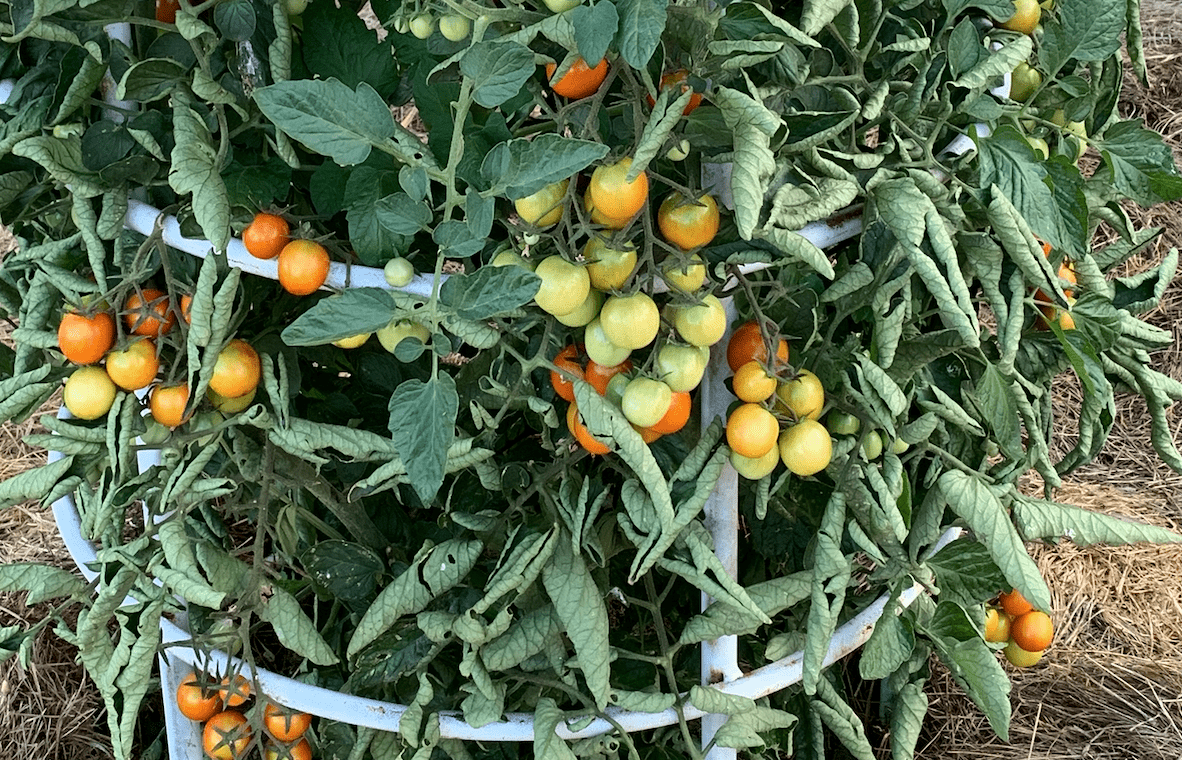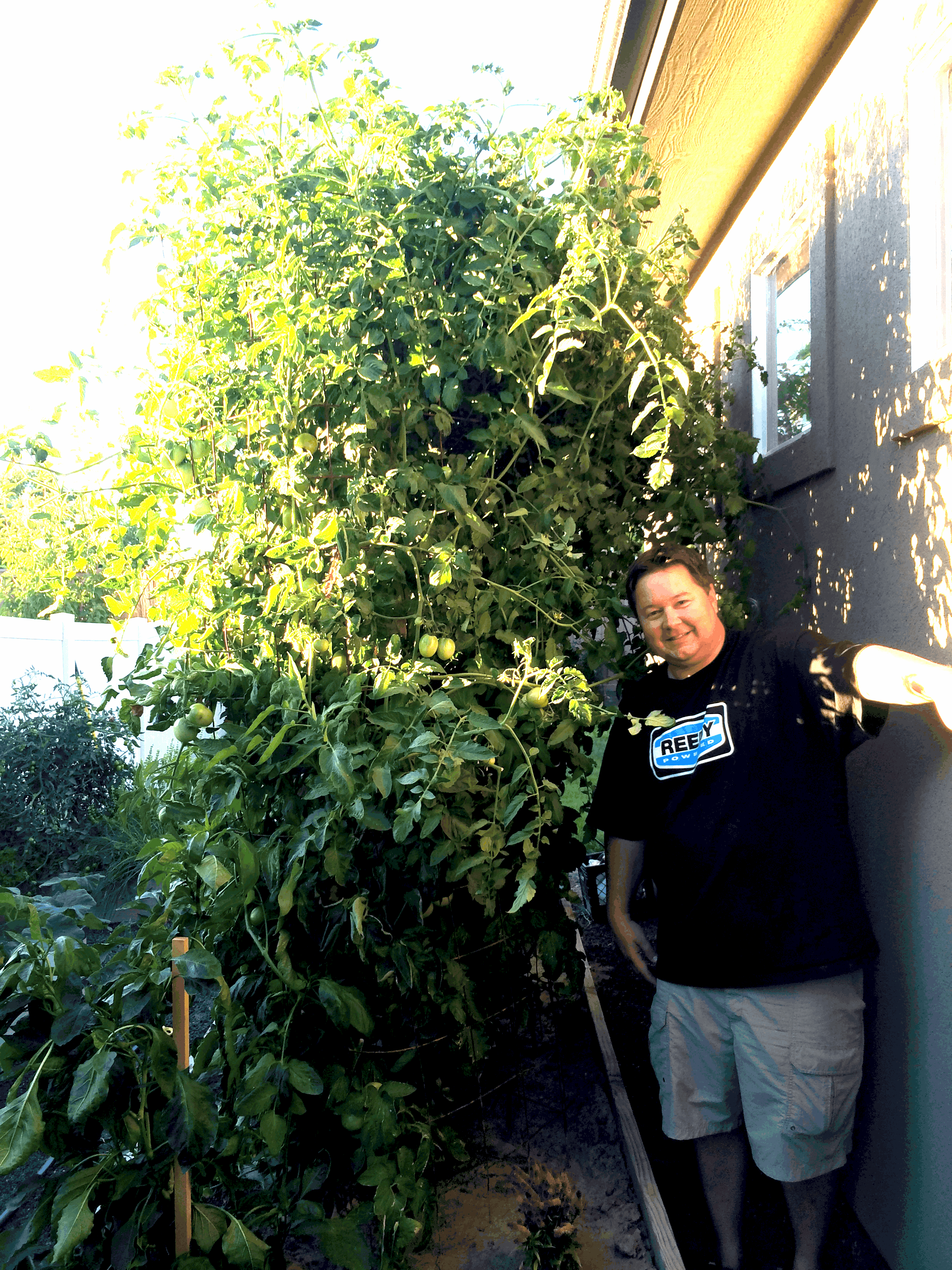Tomatoes require a lot of nutrients in order to produce big, juicy fruits. These nutrients are drawn from the soil and will often have to be replenished by adding fertilizer throughout the growing season. There are two main types of fertilizer on the market today: quick-release and slow-release. To grow the best tomatoes, we recommend using an all-natural, slow-release fertilizer like Dr. JimZ Tomato Secret. Below we will provide answers to some of the common questions about the different types of tomato fertilizers.
What is a Slow-Release Fertilizer?
Slow-release simply means that the fertilizer releases a steady stream of nutrients over the course of several weeks to several months. This happens because most slow-release fertilizer contains natural products that must be broken down and decomposed in the soil. As the microbes, sun, and water break down the elements little by little, the plants can make use of the nutrients.
Are All Slow-Release Fertilizers Natural?
You can buy synthetic slow-release fertilizers that are often sold as pellets and coated with plastic resin or polymer to slow the nutrient release, but these synthetics are not ideal because they do very little to build up the overall health of the soil.
What are the Advantages of Using Natural, Slow-Release Fertilizers?
Natural, slow-release fertilizers provide a consistent nutrient source for your tomatoes. This creates uniform growth in your plants and prevents tall, lanky stems and leaves that can be caused by a sudden boost of nitrogen from a synthetic. Natural fertilizers usually contain nitrogen, phosphorus, and potassium, but they also contain micronutrients and other trace elements that feed the microbes in the soil, creating a healthy environment for future growth. Since the fertilizer is slowly broken down, you only have to apply a slow-release fertilizer every month or two, saving a lot of time and energy. Natural fertilizers are also better for the environment because they are much less likely to be leached into rivers and groundwater.
Should I aAvoid Synthetic, Quick-Release Fertilizers?
Quick-release fertilizers most often use synthetic chemicals to give a rapid boost of nitrogen, phosphorus, and/or potassium, while ignoring other beneficial elements. This may be useful if there is an urgent nutrient deficiency that needs to be corrected because the plants can use the nutrients immediately. Synthetic chemicals, however, come with many drawbacks. This type of fertilizer can result in fertilizer burns on your plants if it is over-applied or improperly diluted. Fertilizer burn usually occurs as a result of the large amounts of salts found in synthetics. The salt pulls the water out causing dehydration, wilting, browning, and sometimes plant death.
Synthetic fertilizers must be reapplied often, sometimes every 1-2 weeks, depending on the product. They can also be harmful to the environment because they are easily leached into surrounding groundwater, rivers, and lakes.
What is the Best Tomato Fertilizer?
Four generations of tomato growers have passed down their expertise to help create the best tomato fertilizer on the market today. Dr. JimZ Tomato Secret contains a superior blend of natural ingredients that are designed to feed the microbes in the soil and provide direct nutrition to the plant. With this fertilizer, you won’t have to worry about fertilizer burn or hurting the environment. Just sprinkle 1 cup around each tomato at planting, and then side-dress the plants again after 6 weeks. For bigger, healthier, and tastier tomatoes, try Tomato Secret today.



